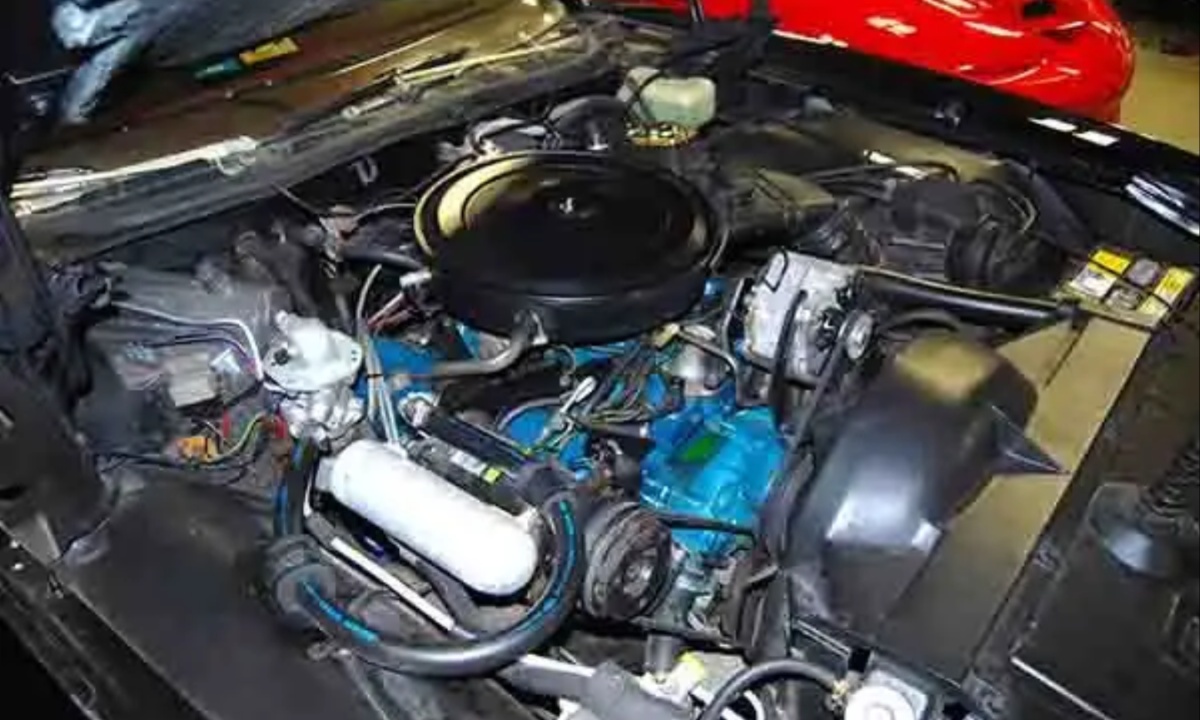Few things inspire more confidence than a classic car engine that fires up instantly, no matter how long it’s been sitting. These engines earned their reputations through decades of dependable service, clever engineering, and bulletproof construction.
Whether found in luxury sedans, muscle cars, off-roaders, or sports coupes, each example here was built with longevity in mind. They didn’t just survive—they thrived, outlasting trends and proving that great mechanical design never goes out of style.
These ten classic engines continue to impress, starting on the first try and reminding drivers why they’re still worth preserving.
1. Porsche Type 901/911 Flat-Six
The air-cooled Porsche 911 flat-six, born in 1963, powered the 911 until 1998 and remains a legend of engineering durability. Its boxer layout featured a crankshaft supported by eight main bearings and an aluminum case, creating a low center of gravity and high mechanical resilience.
Advanced but reliable systems like Bosch mechanical injection and chain-driven cams enabled performance without sacrificing longevity. Displacement rose from 2.0 to 3.8 liters over time, yet the core design remained intact.
Classic 911s still run on original engines, many exceeding 300,000 miles. Air-cooled Porsche enthusiasts ensure these engines are restored and maintained to perfection.
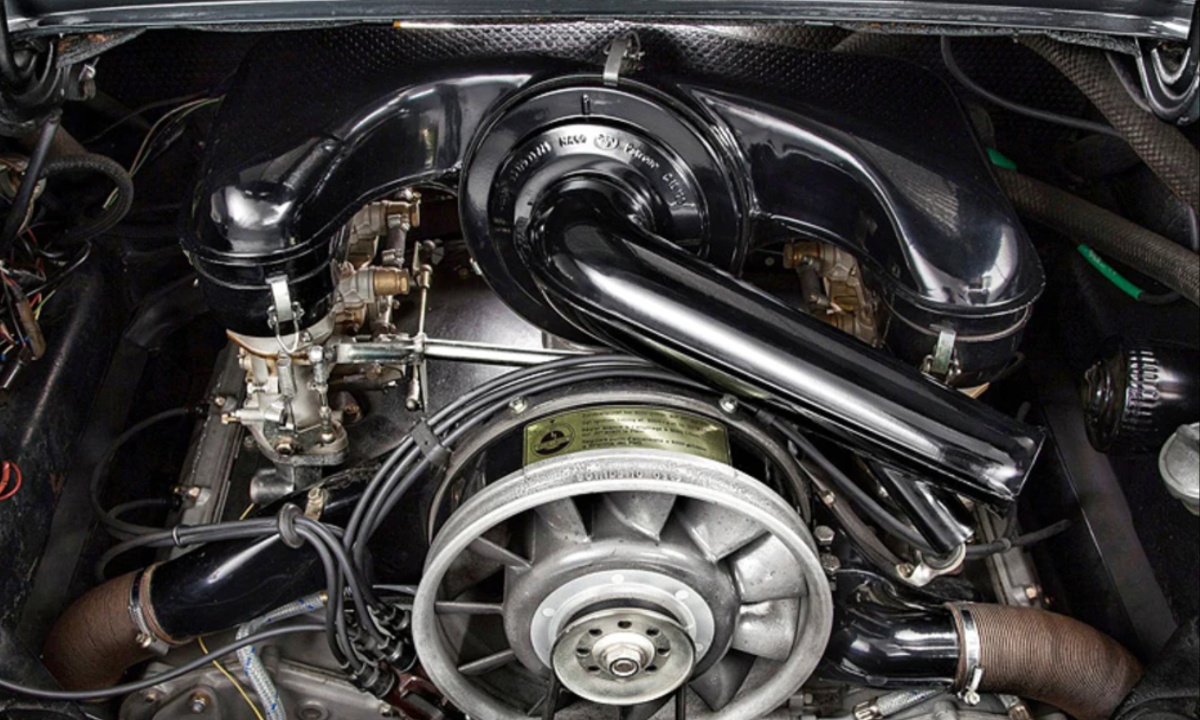
2. Rolls-Royce/Bentley L-Series V8
Introduced in 1959 and still in production in an evolved form, the L-Series V8 exemplifies unmatched durability and refinement in luxury automotive engineering. Its architecture features a deep-skirt aluminum block, wet liners, and a five-bearing crankshaft—all overbuilt to endure.
Hydraulic lifters, overhead valves, and a high-capacity oiling system further enhance reliability. Despite its complex construction for the era, it remained smooth and quiet across the decades.
Power was conservatively rated, described by Rolls-Royce as merely “adequate,” helping preserve longevity. Many engines from the 1960s continue running today, some surpassing 300,000 miles, thanks to meticulous design and ongoing parts support.
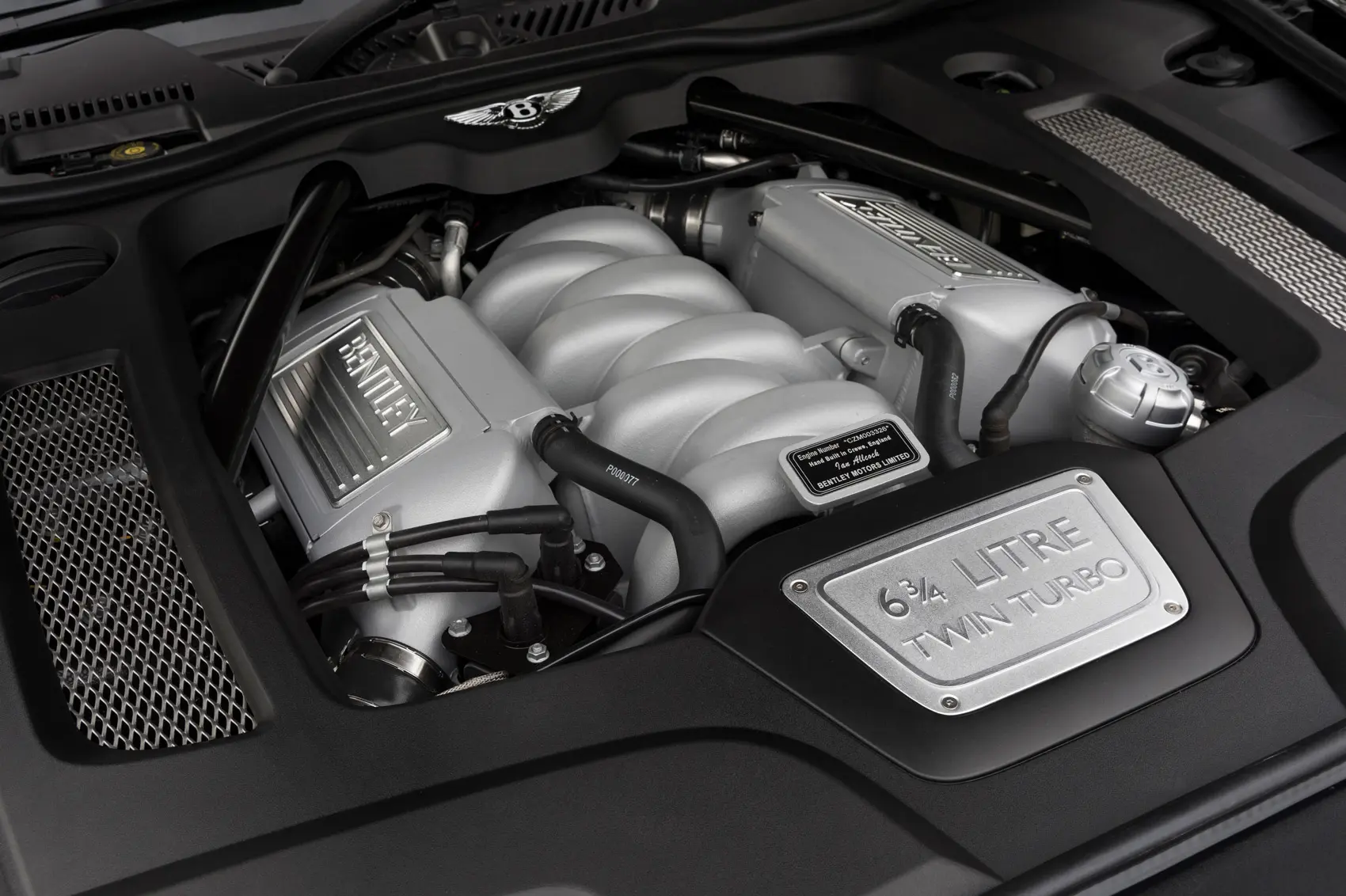
3. Chrysler Slant-Six
The Chrysler Slant-Six, launched in 1959 and produced until 1991, earned a reputation as one of America’s most indestructible engines. Its cast iron block, slanted 30 degrees, allowed for better hood clearance and improved oil return.
Supported by seven main bearings, the crankshaft enjoyed exceptional stability. The engine’s simplicity—a solid-lifter overhead valve design and robust timing chain—minimized potential failures.
Taxi fleets and delivery services regularly pushed Slant-Sixes beyond 500,000 miles with little more than routine maintenance. Its 225 cu in version was particularly long-lived. Today, Slant-Sixes still power classic Mopars, with parts availability and loyal enthusiasts keeping them alive.
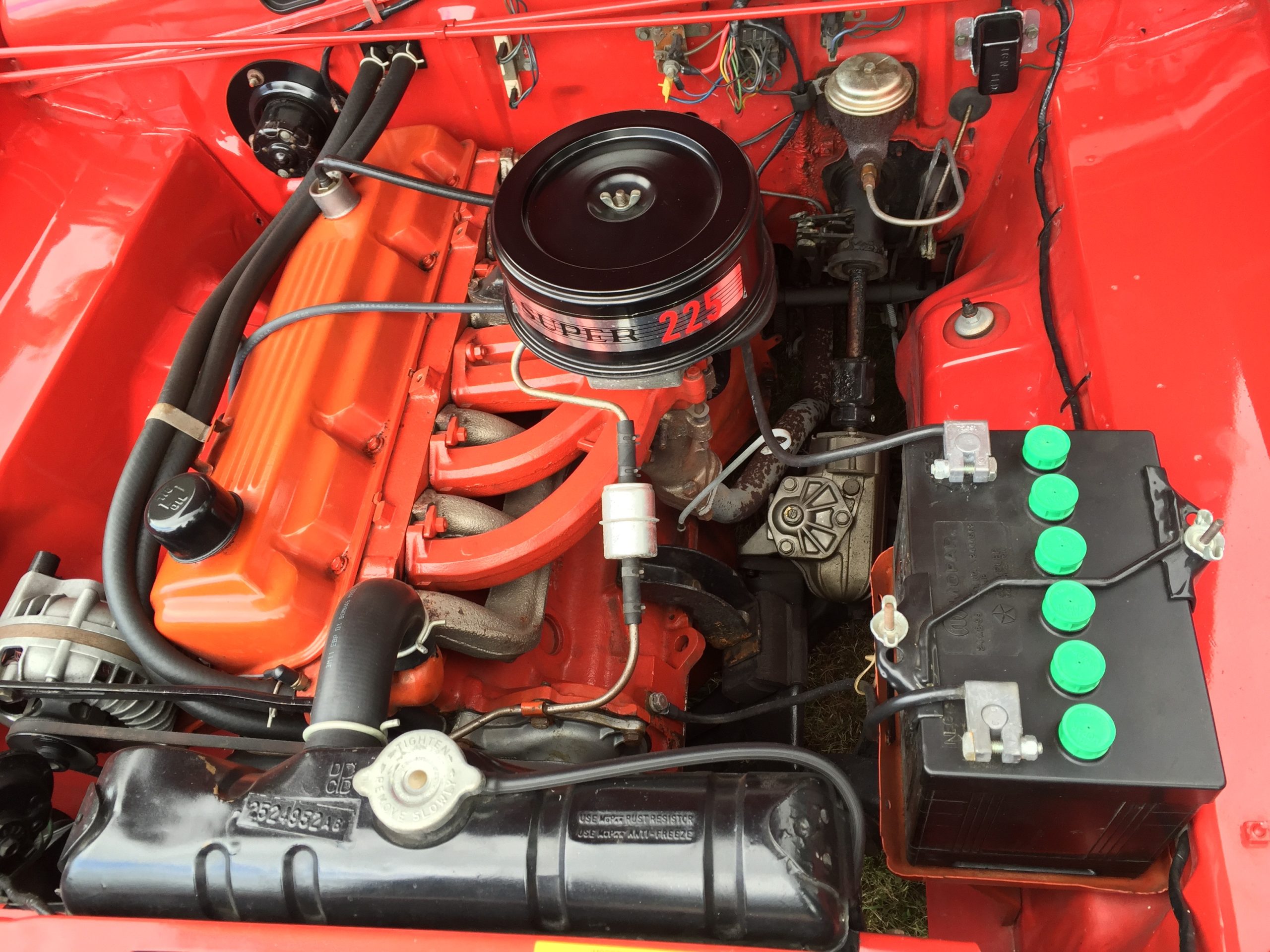
4. Toyota F-Series Inline-Six
Toyota’s F-Series inline-six, built from 1955 to 1992, became synonymous with rugged dependability, especially in the Land Cruiser lineup. Designed to withstand global extremes—from deserts to tundras—the engine featured a seven-bearing forged crankshaft and thick cast iron block, perfect for rebuilds or decades of uninterrupted service.
With overhead valves and low compression, it could handle low-quality fuel and basic repairs in remote areas. The F engine evolved into 2F and 3F variants, increasing displacement and introducing fuel injection without compromising durability. Many units have surpassed 500,000 miles, proving their worth in the world’s harshest driving conditions.
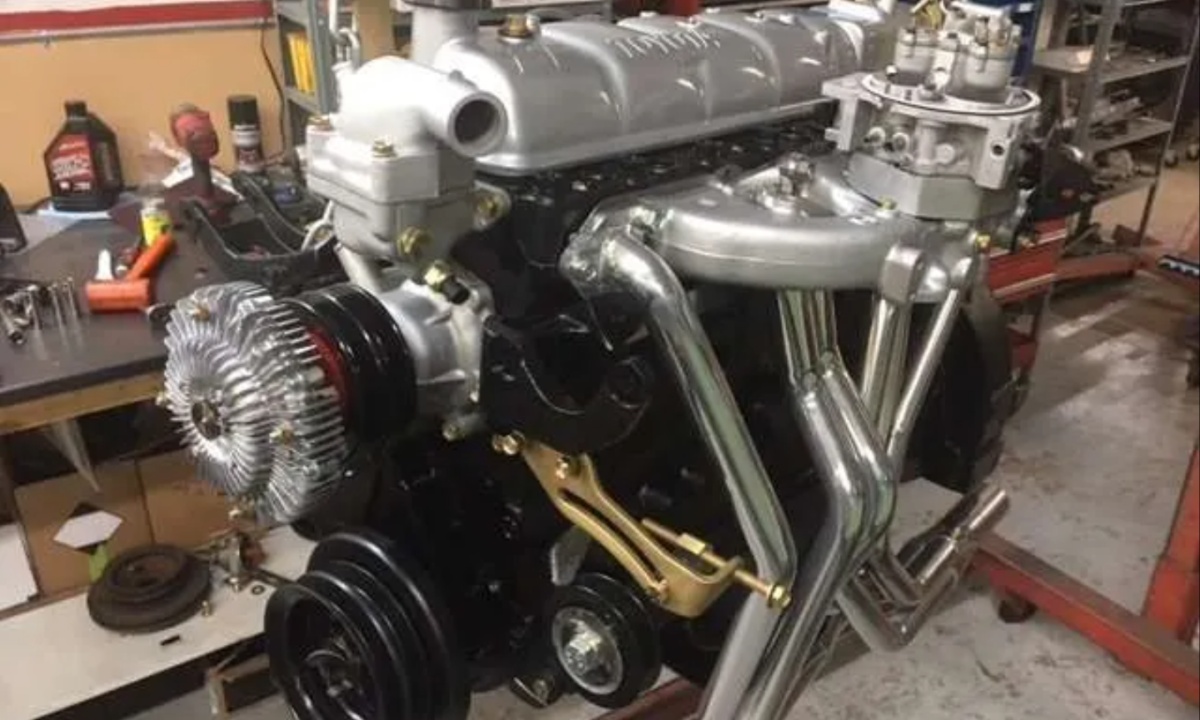
5. BMW M30 Inline-Six
BMW’s M30 engine, produced from 1968 to 1994, is widely considered one of the best inline-sixes ever made. It featured a cast iron block with seven main bearings and a forged crankshaft, paired with an overhead cam aluminum head.
This design ensured longevity while delivering smooth performance. Power grew over the years, especially in the 3.5L M30B35 version, which produced up to 218 horsepower.
The timing chain and Bosch fuel injection systems were exceptionally reliable. Many original M30s have topped 300,000 miles. Today, enthusiasts and specialists keep them running strong, reinforcing the M30’s legacy as a masterpiece of German engineering.
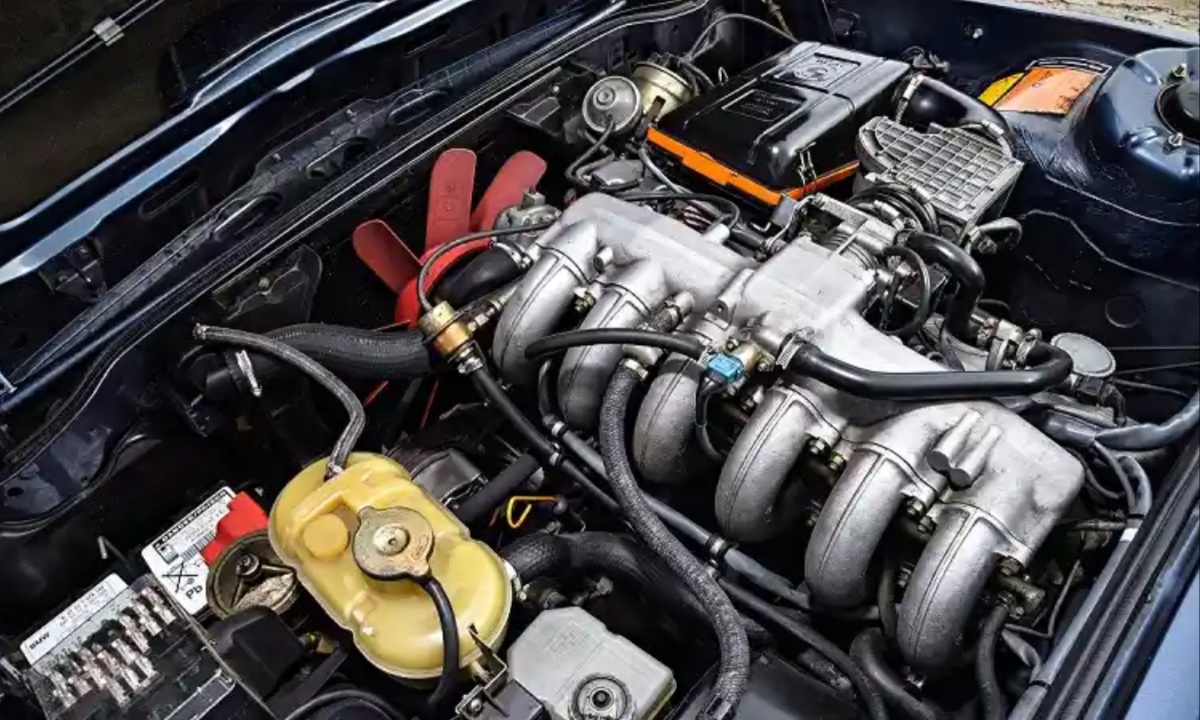
Also Read: 5 Cars Rated Best for First-Time Buyers and 5 Giving New Drivers Fits
6. Chevrolet Small-Block V8
The Chevrolet Small-Block V8, introduced in 1955, became one of the most iconic and long-lasting American engines. Known for its versatility and simplicity, it featured a deep-skirt block, five main bearings, and forged internals that offered exceptional strength.
The use of hydraulic lifters and stamped steel rocker arms contributed to its legendary reliability. With siamesed cylinder walls and efficient water jackets, it resisted cracking and overheating.
Variants like the 283, 327, and 350 cubic inch models powered everything from sedans to Corvettes. Many engines from the 1950s and 60s still run today, supported by a vast aftermarket and easy serviceability.
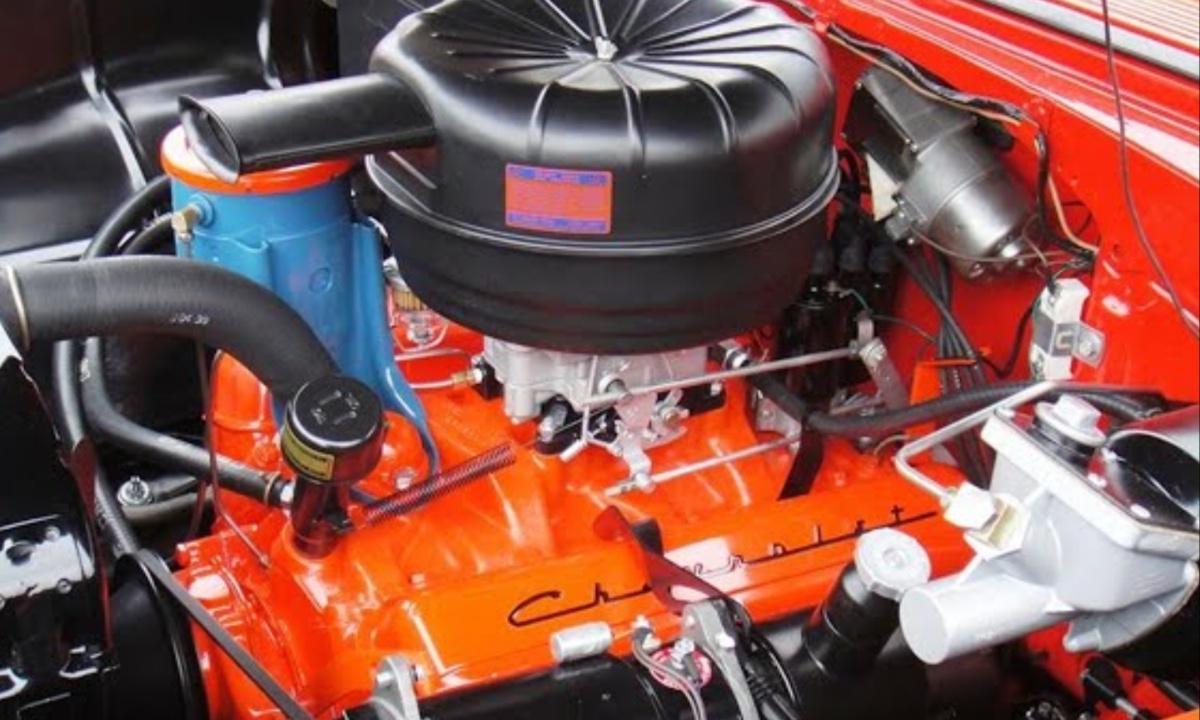
7. Mercedes-Benz M180 Inline-Six
The Mercedes-Benz M180, produced from 1951 to the early 1970s, powered models like the 220, 230, and early 280 series. Its strength came from a cast iron block with seven main bearings and a forged crankshaft, allowing for extreme durability.
The aluminum head used overhead valves actuated by pushrods, prioritizing longevity. A robust lubrication system and efficient cooling design helped avoid overheating or gasket failure.
Even with outputs as high as 150 hp, these engines often surpassed 500,000 miles. Simple timing chains, durable fuel systems, and a loyal enthusiast base help keep many M180s on the road decades after production ended.
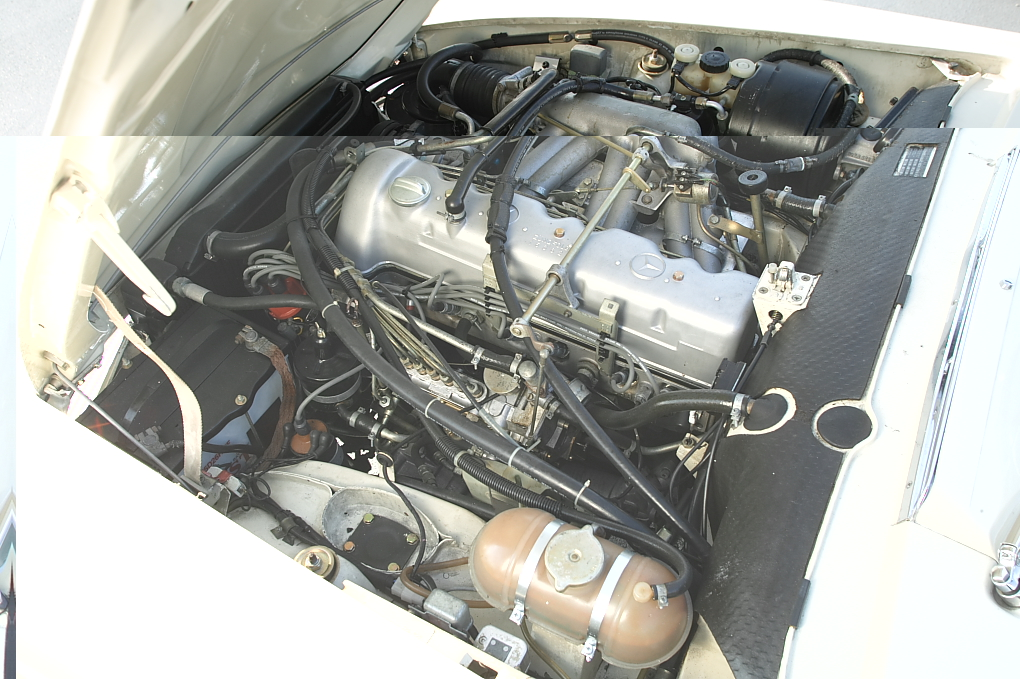
8. Ford Flathead V8
The Ford Flathead V8, built from 1932 to 1953, was the first affordable V8, revolutionizing the automotive world. Its side-valve configuration and thick cast iron block offered simplicity and durability, with a three-main-bearing crankshaft sufficient for the power of its time.
Known for being easy to repair, many engines stayed on the road thanks to owner maintenance. While early cooling issues existed, aftermarket fixes and careful upkeep made longevity possible.
The Flathead became a hot rodder’s favorite due to its tunability, often doubling the original output. Even today, original Flatheads are found in classic Fords and hot rods, still running reliably.
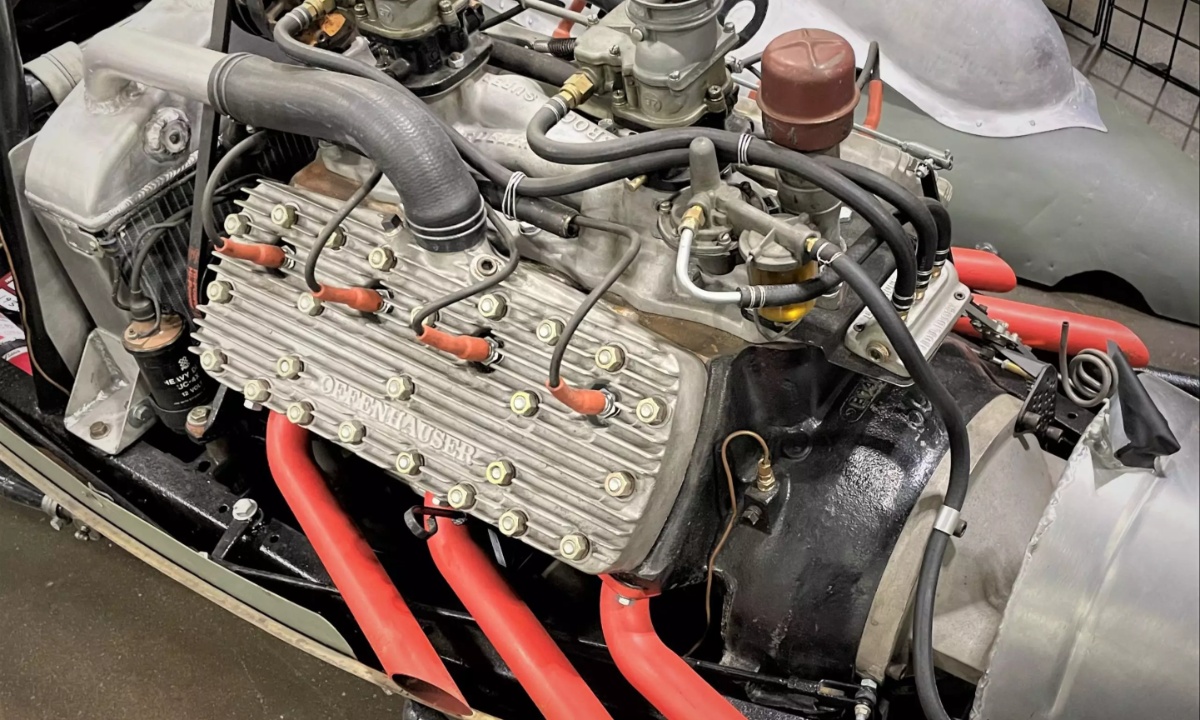
9. Jaguar XK Inline-Six
Jaguar’s XK inline-six, launched in 1949 and used until 1992, blended performance and durability. It featured a cast iron block with seven main bearings and an aluminum head with dual overhead cams—rare for the time but proven reliable. A high-capacity oiling system and robust cooling helped it survive high-speed use and racing.
Producing up to 265 hp in 4.2-liter form, it powered sports cars like the XK120 and sedans like the Mark 2. Its adaptability—from carburetors to fuel injection—ensured continued relevance. XK engines are still widely supported, and many remain in use with original components, proving their exceptional build quality.
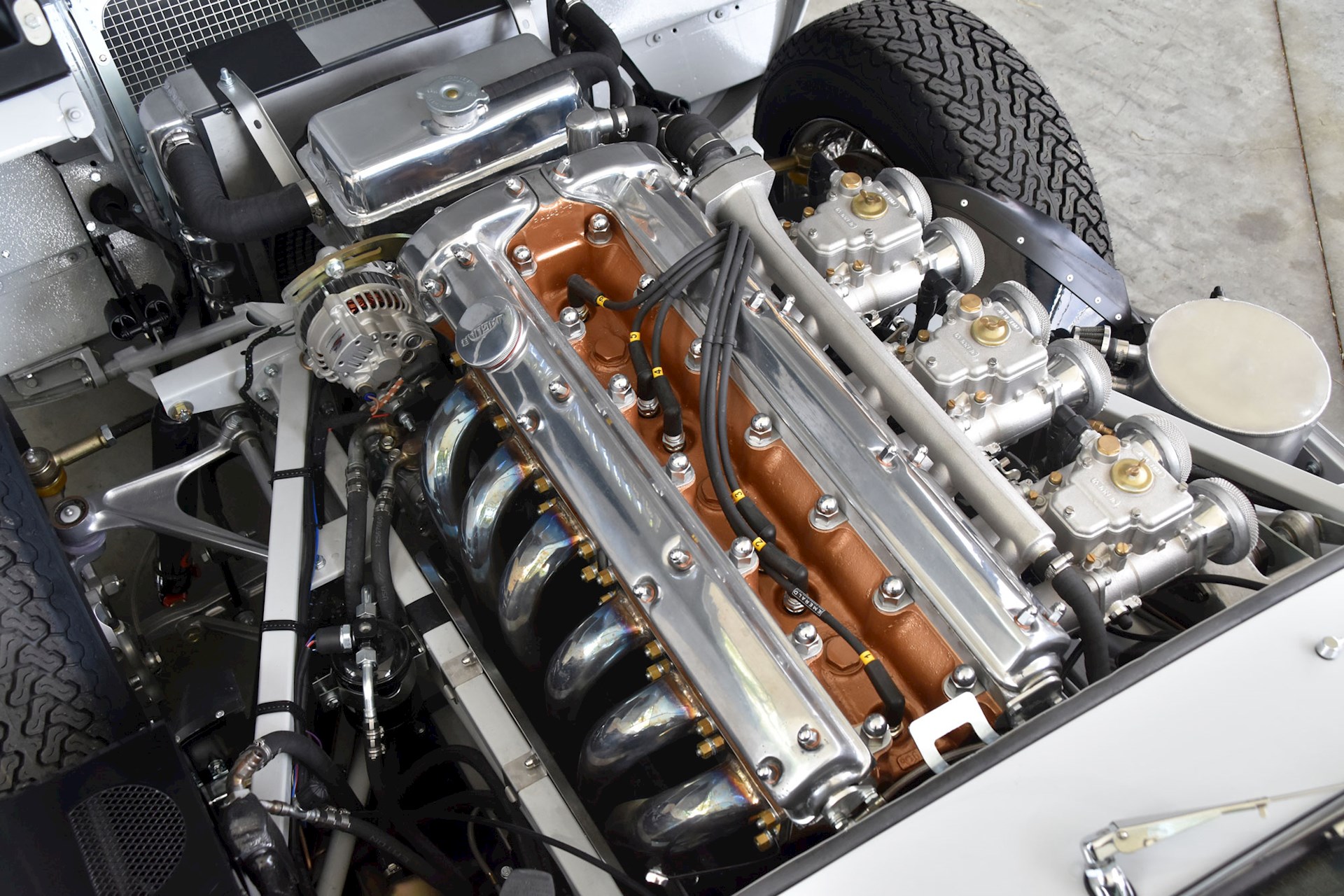
10. Buick/Oldsmobile/Pontiac (BOP) V8
The BOP V8 family—built by Buick, Oldsmobile, and Pontiac from the 1950s to the 1970s—was known for durability and torque. Each brand built its own version, all using deep-skirt cast iron blocks and five main bearing crankshafts.
Hydraulic lifters, thick cylinder walls, and high-quality components made them long-lasting. Buick’s “nailhead,” Oldsmobile’s “Rocket,” and Pontiac’s wide-deck V8s powered everything from sedans to muscle cars like the GTO and 442.
These engines endured high-performance demands while delivering reliability. Today, BOP V8s remain popular among classic GM enthusiasts, thanks to strong aftermarket support and their ability to surpass 200,000 miles with ease.
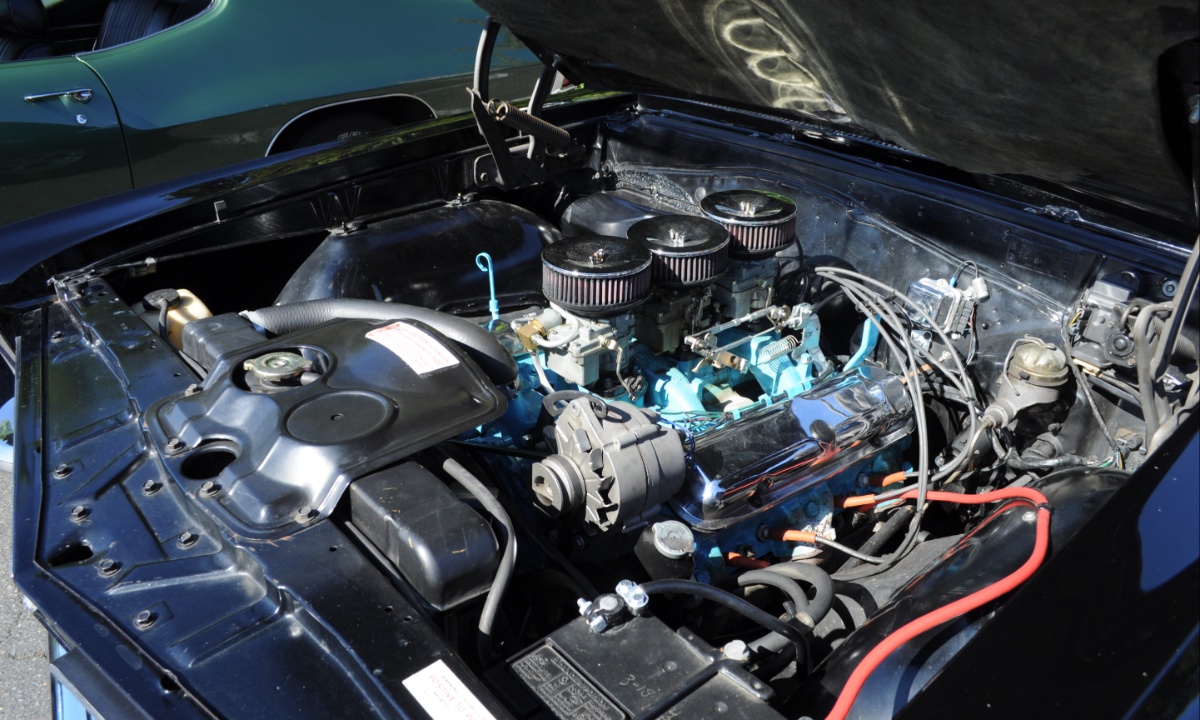
Paint may fade and upholstery may crack, but these engines keep going strong, often with just routine maintenance. Their ability to start effortlessly after decades isn’t just luck; it’s the result of thoughtful design, robust materials, and passionate upkeep. These ten legends weren’t built to be disposable—they were built to endure.
As long as fuel flows and batteries hold charge, they’ll keep turning over with the same reliability they showed when new. Whether it’s a V8 rumble or a straight-six purr, these engines prove that some machines were made to last—and they’re still starting on the first try.
Also Read: 5 Cars That Don’t Need Timing Belt Changes and 5 That Constantly Break

